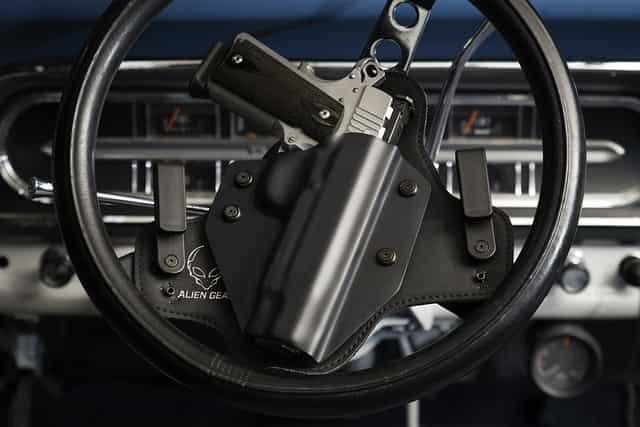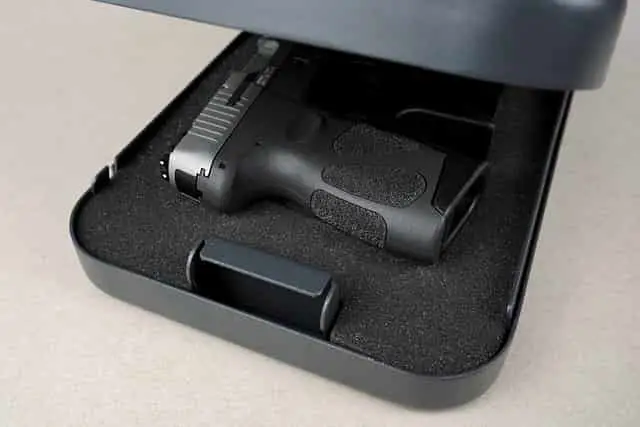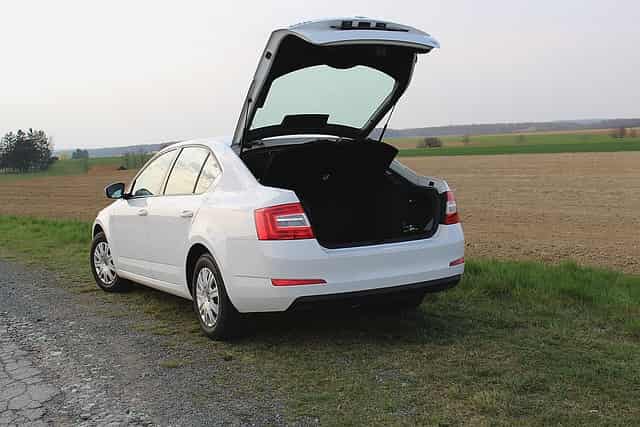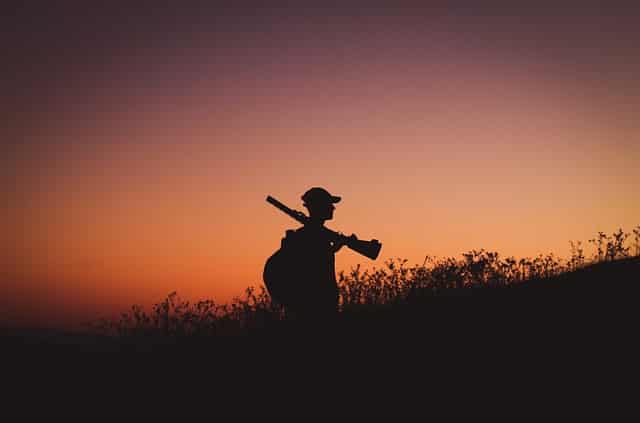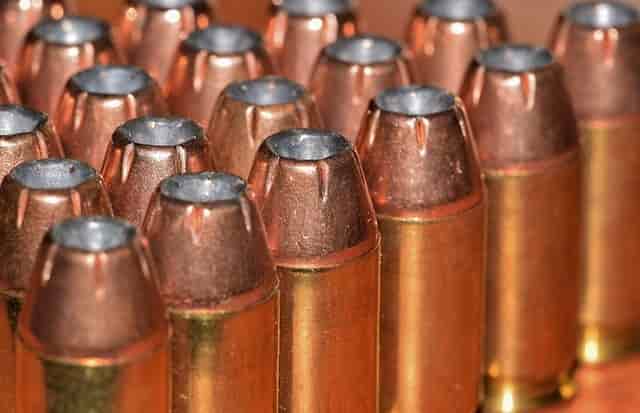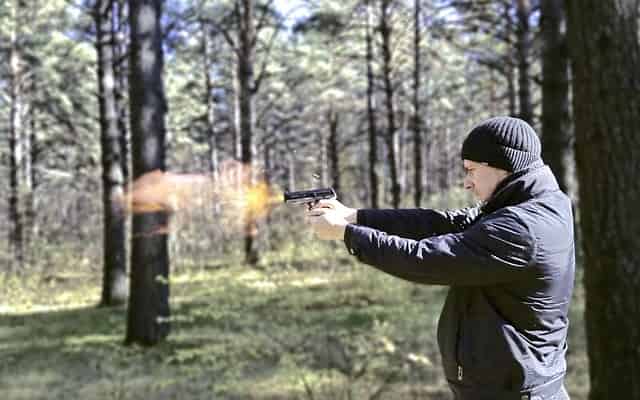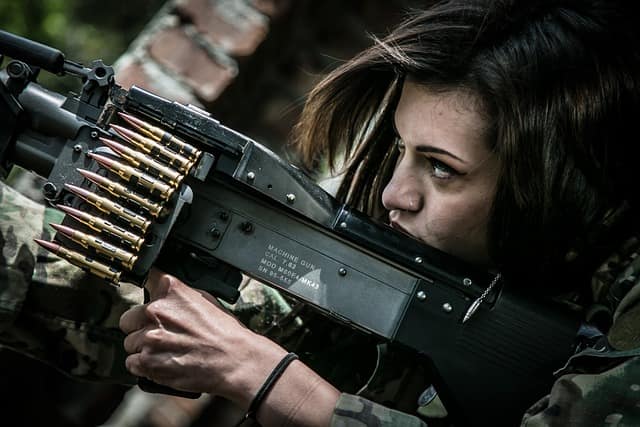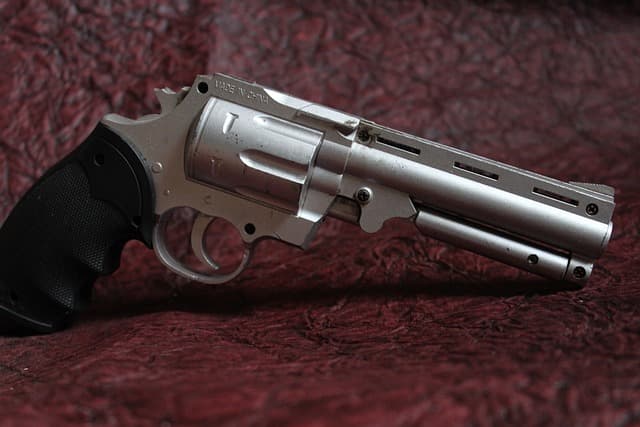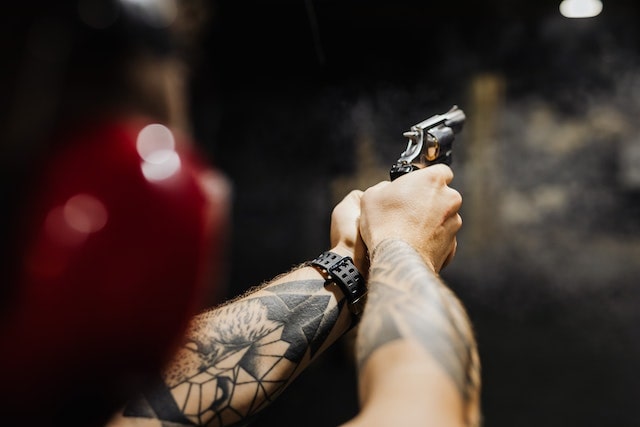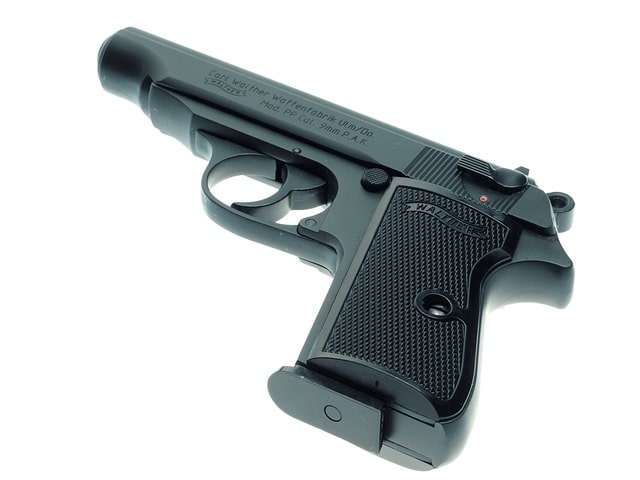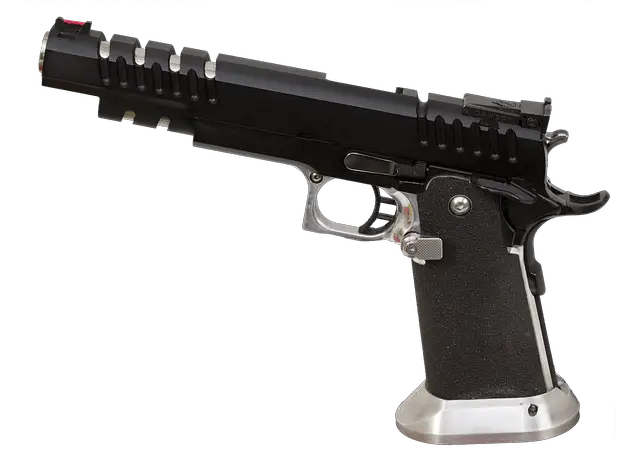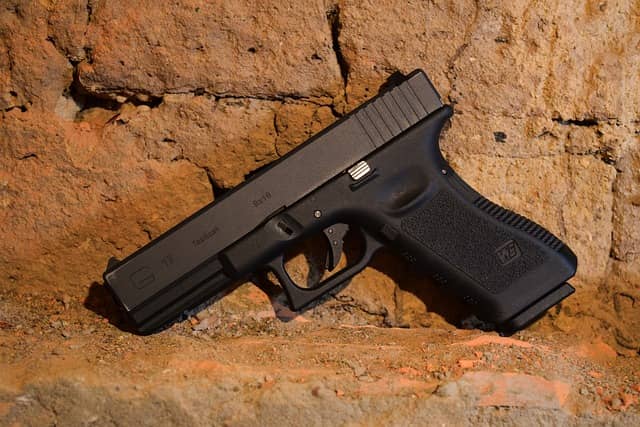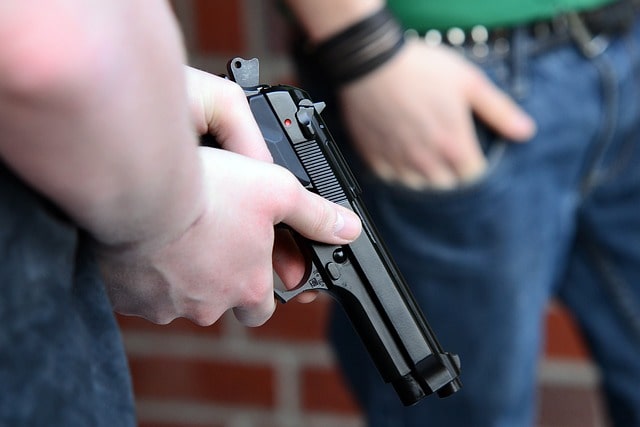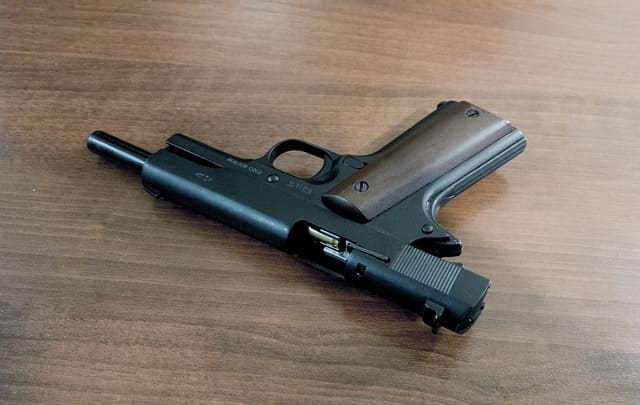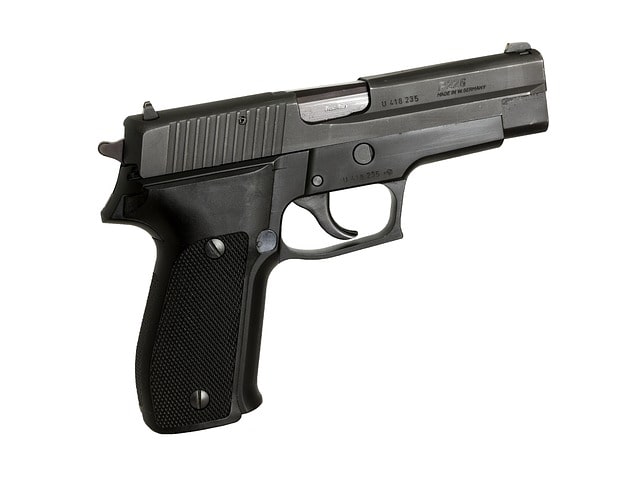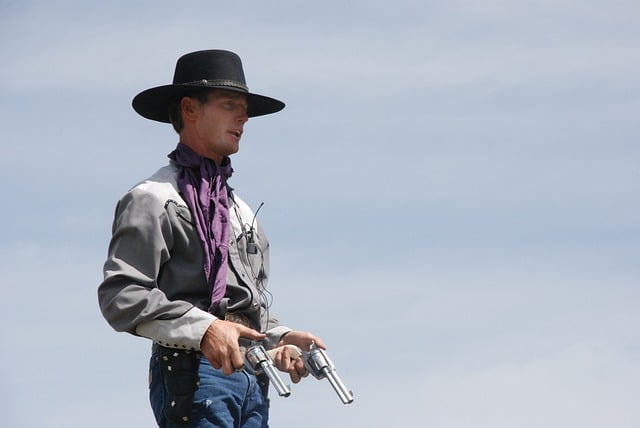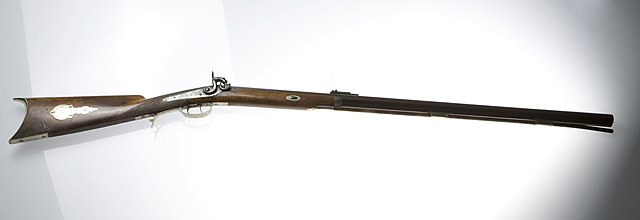
The Hawken rifle is a highly sought-after piece of American history, with a rich legacy dating back to the early 19th century. The Hawken brothers, Samuel and Jacob, crafted these rifles in their St. Louis shop, and they quickly gained a reputation for their accuracy and reliability. Today, collectors and enthusiasts alike are eager to get their hands on an original Hawken rifle, but one question remains: how much is one of these firearms actually worth?
Most Hawken rifles will sell at auction for $200 to $500. But extremely rare examples of the Hawken brothers craftsmanship can go for $30,000 to $40,000.
History of the Hawken Rifle
Samuel Hawken was born in 1774 in Pennsylvania and was a skilled gunsmith. He moved to St. Louis in 1815, where he established a gun shop. Samuel Hawken was known for his high-quality rifles, which were designed for the fur trade and the mountain men. These rifles were known for their accuracy and durability, making them popular among hunters and trappers.
Jacob Hawken
Samuel Hawken’s younger brother, Jacob Hawken, joined him in St. Louis in 1822. Jacob was also a skilled gunsmith and worked alongside his brother in the gun shop. Together, they designed and produced the famous Hawken Rifle. The Hawken Rifle was a muzzle-loading, heavy-barreled rifle that was accurate and powerful. It was designed for long-range shooting and was used by hunters, trappers, and soldiers.
The Hawken Rifle became popular during the fur trade era, and many mountain men used it for hunting and protection. The rifle was also used in the American Civil War, where it was known for its accuracy and power.
The Hawken Rifle was produced until the mid-1800s when the demand for it declined. Today, the Hawken Rifle is a sought-after collector’s item, and many gun enthusiasts and collectors are willing to pay a high price for an original Hawken Rifle.
Characteristics of the Hawken Rifle
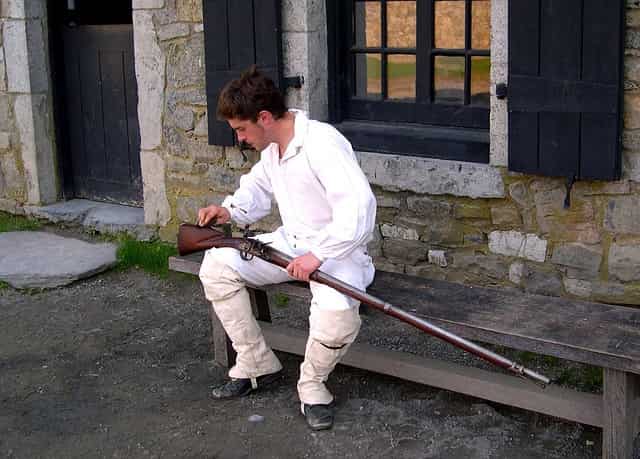
Caliber
The Hawken Rifle is available in different calibers ranging from .32 to .58. The most common calibers are .45 and .50. The caliber of the rifle determines the size of the bullet that it can shoot. A larger caliber means a larger bullet, which can cause more damage to the target.
Barrel
The barrel is typically made of steel and is around 28 inches long. The length of the barrel affects the accuracy of the rifle. A longer barrel allows for a longer sight radius, which makes it easier to aim accurately. The barrel is also rifled, which means that it has spiral grooves cut into the inside of the barrel. This helps to spin the bullet as it travels down the barrel, which improves accuracy.
Rifling
The rifling of the Hawken Rifle is typically shallow and wide. This allows for easier loading and cleaning of the rifle. The rifling is also designed to work well with patched round balls, which were the most common type of bullet used in the rifle.
Trigger Guard
The trigger guard is typically made of brass or iron. It is designed to protect the trigger from accidental discharge and to provide a comfortable grip for the shooter.
Thimble
The thimble of the Hawken Rifle is typically made of brass or iron. It is used to hold the ramrod in place when loading the rifle.
Butt Plate
The butt plate is typically made of brass or iron. It is designed to protect the butt of the rifle from damage and to provide a comfortable grip for the shooter.
Buckhorn Rear Sight
The buckhorn rear sight is a type of iron sight that is designed to be used for long-range shooting. It is adjustable for windage and elevation.
Set Triggers
The set triggers of the Hawken Rifle are designed to reduce the amount of pressure needed to fire the rifle. They are typically used for long-range shooting.
Patina
The patina is the natural aging and discoloration of the metal and wood over time. It is considered a desirable characteristic of the rifle and can increase its value.
Determining the Worth of an Original Hawken Rifle
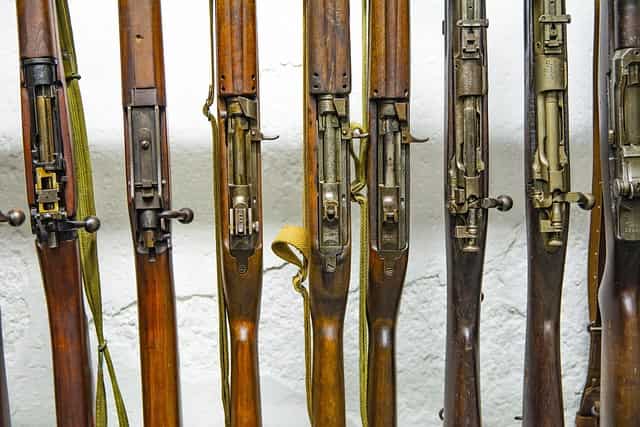
Condition
The condition of the rifle is perhaps the most important factor in determining its worth. Rifles that are in excellent condition, with minimal wear and tear, are generally worth more than those that are in poor condition. Collectors are willing to pay a premium for rifles that have been well-preserved and maintained over the years.
Rareness
The rarity of a Hawken rifle is another important factor in determining its worth. Rifles that are rare or have unique features are generally worth more than those that are more common. For example, some Hawken rifles were made with custom features for specific customers, and these rifles are highly sought-after by collectors.
Auction Prices
Finally, auction prices can be a good indicator of the worth of an original Hawken rifle. Auctions provide a platform for collectors to bid on rare and valuable rifles, and the final sale price can give an idea of the rifle’s worth.
Famous Owners of Hawken Rifles

Kit Carson
Legendary frontiersman and fur trapper Kit Carson was one of the most famous owners of Hawken rifles. Born in Kentucky in 1809, Carson moved west at a young age and became a skilled mountain man, guide, and Indian fighter. He was renowned for his marksmanship and relied heavily on his Hawken rifle during his many adventures in the American West.
Carson’s Hawken rifle was a .54-caliber model with a 32-inch barrel and a curly maple stock. It was a custom-made gun that he acquired in St. Louis in the 1830s. He used it on his expeditions with legendary explorer John C. Fremont and during his service in the Mexican-American War.
Carson’s Hawken rifle is now on display at the Kit Carson Museum in Taos, New Mexico. The gun is a testament to the rugged, independent spirit of the American West and the skilled craftsmen who made these iconic rifles.
Other famous owners of Hawken rifles include Jim Bridger, William F. Cody (Buffalo Bill), and Jedediah Smith. These legendary figures helped shape the history of the American West and their Hawken rifles were an essential tool in their adventures.
